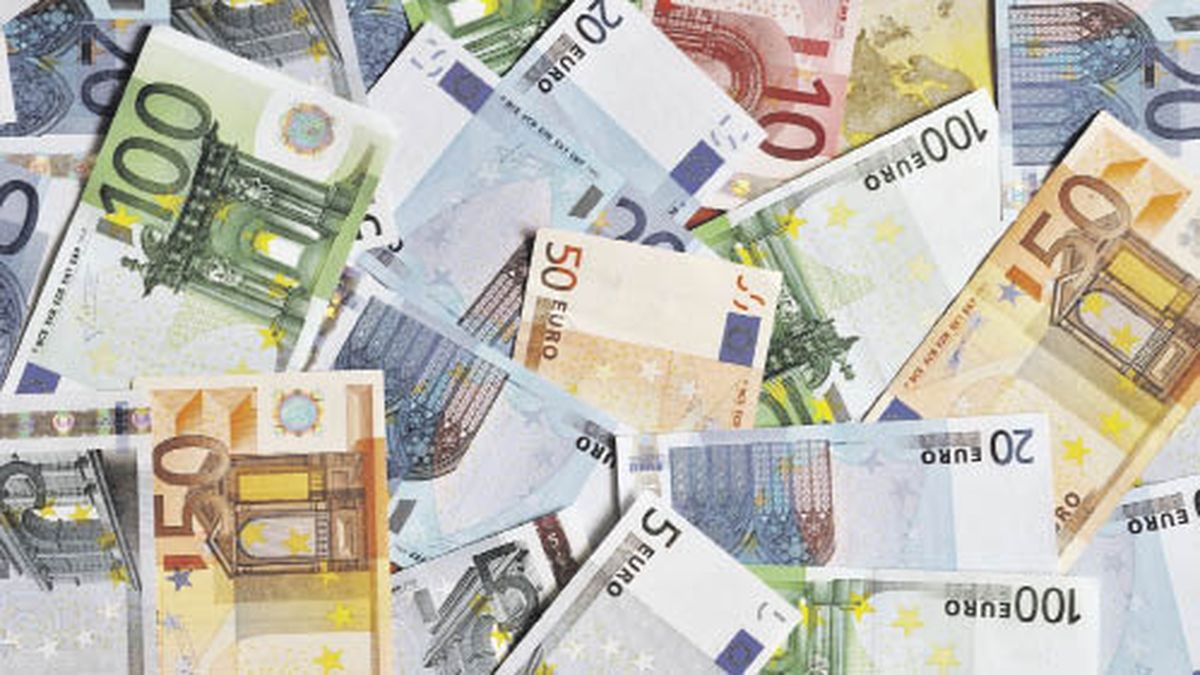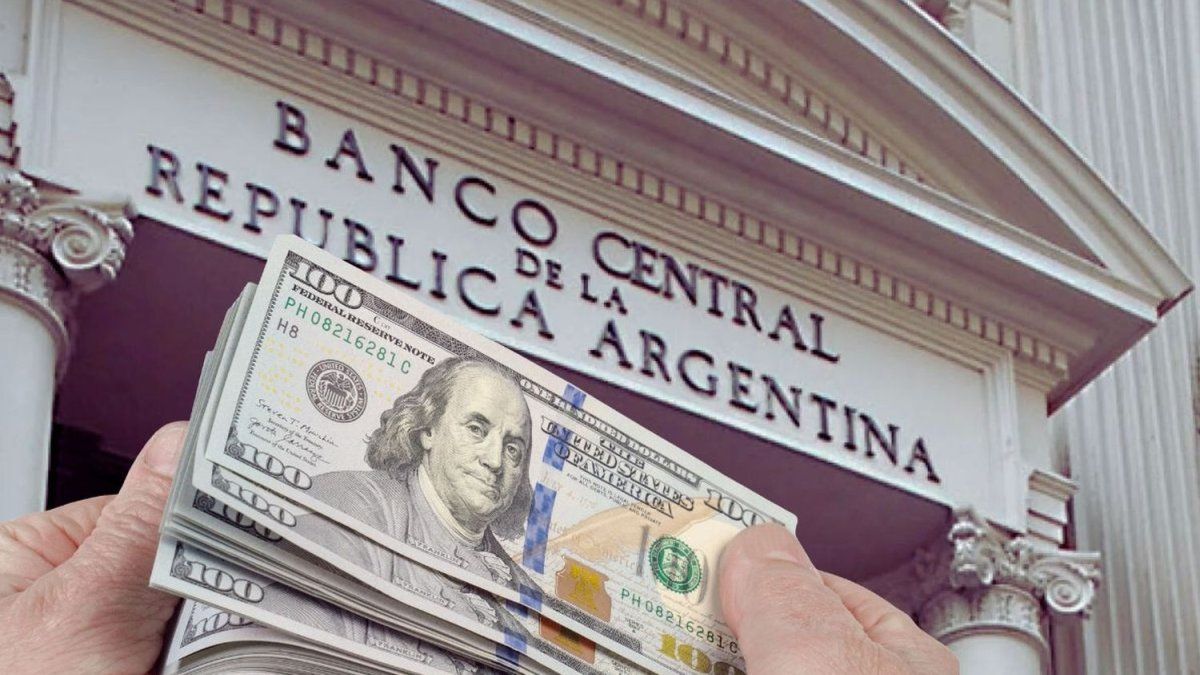If the Fed “makes its first rate cut of 50 basis points” in September, instead of the 25 basis points expected by the market, “it will be its way of admitting” that it has taken too long to ease monetary policy, Innes believes.
Deutsche Bank analysts, meanwhile, point out that the magnitude of market anticipation of the number of Fed rate cuts “over the next 12 months has only been seen during a recession.”
In the debt market, US yields, which move in the opposite direction to bond prices, continued to fall, reaching 3.76%, compared with 3.79% for 10-year bonds on Friday, reflecting investors’ interest in safer securities than stocks, which are considered a risky asset.
Investors sought refuge in government bonds and the Swiss franc. Economists at Goldman Sachs Group Inc. put the probability of a U.S. recession in the next year at 25%, raising their forecast from 15%. They added that the risk is still limited and that the economy continues to look “good overall.”
Tech stocks plunge further. Read more: (World stock markets plunge amid fears for U.S. economy) Nvidia Corp, Apple Inc and Tesla Inc fell more than 7% in premarket trading. Berkshire Hathaway Inc. said Saturday it had cut its stake in Apple by nearly 50% as part of a massive second-quarter selloff. Chipmakers including Intel Inc. and Advanced Micro Devices Inc. also slumped.
In the Asian stock marketsthe fall in the indices was much more abrupt. Tokyo collapsed. The Nikkei 225, its main index, which had already fallen 5.8% on Friday, lost 12.4%, or 4,451.28 points, on Monday to close at 31,458.42 points, breaking its record loss, which was dates back to the stock market crash of October 1987. The broader Topix index fell 12.23 percent to 2,227.15 points.
Taiwan fell by more than 8% and Seoul by more than 9%. Chinese stock markets fell more moderately: Hong Kong’s Hang Seng index lost 2.13% in late trading. The Shanghai Composite Index fell by 1.54% and Shenzhen’s by 1.85%.
“The immediate trigger for this risk aversion appears to be the unexpected interest rate hike” announced by the Bank of Japan on Wednesday, according to Dilin Wu, a strategist at Pepperstone.
This monetary tightening after years of negative interest rates, combined with a slowdown in economic activity in the United States, precipitated the rise of the yen, which was also supported by the interventions of the Japanese central bank in the foreign exchange market.
The Japanese currency, which was trading at almost 162 yen per dollar in July, rebounded on Monday to 141.73 yen per dollar, a level not seen since early January, from 146.52 yen recorded on Friday in New York.
A stronger yen is a negative factor for Japanese exporters. On the foreign exchange market, the dollar fell by 2.17% to 143.35 yen on Monday, while the euro fell by 1.99% to 156.72 yen.
According to Kyle Roddachief financial markets analyst at Capital.com in Melbourne, “we are essentially seeing massive deleveraging as investors sell assets to fund their losses.”
“Investors had leveraged themselves by borrowing in yen to buy other assets, mainly US technology stocks,” he noted.
“Foreign investors are selling Japanese stocks due to concerns that the U.S. may be heading for a recession,” said Naka Matsuzawa, an analyst at brokerage Nomura Securities, in comments reported by the Nikkei business daily.
In this regard, the expert considered that the motivations for this fall are outside Japan, and imply a fundamental search by the markets and that the position to take should be to “wait and see” how the world’s largest economy evolves, especially in the technology sector.
“Clearly those jobs numbers have scared absolutely everyone,” said Neil Birrell, investment director at Premier Miton Investors.“It is quite possible that even the Fed feels that something needs to be done to bring stability to the markets, and that could be an off-cycle rate cut. Doing so a week after its policy meeting would be extraordinary, based on a single piece of data.”
Still, bets on an early Fed move are off the mark as the economy remains relatively robust despite the latest data, said Christopher Dembik, a senior investment adviser at Pictet Asset Management.
“We are facing a panic-like market overreaction, but it is largely irrational,” Dembik said: “The economy is deteriorating, but there is nothing serious about taking a step back.”
The so-called fear index, VIX, has soared by more than 60% since this morning and is now trading above 30 points, approaching data from spring 2020, when the pandemic began.
The VIX is a real-time Volatility Index created by the Chicago Board Options Exchange (CBOE). This index was the first benchmark to quantify market expectations regarding volatility. However, the index is forward-looking, meaning that it only shows the implied volatility of the S&P 500 (SPX) over the next 30 days.
“The VIX is calculated using the SPX index option prices and is expressed as a percentage. If the value of the VIX rises, the S&P 500 is likely to fall, while if the value of the VIX falls, the S&P 500 is likely to remain stable,” says IG Group.
Source: Ambito
I am a 24-year-old writer and journalist who has been working in the news industry for the past two years. I write primarily about market news, so if you’re looking for insights into what’s going on in the stock market or economic indicators, you’ve come to the right place. I also dabble in writing articles on lifestyle trends and pop culture news.




